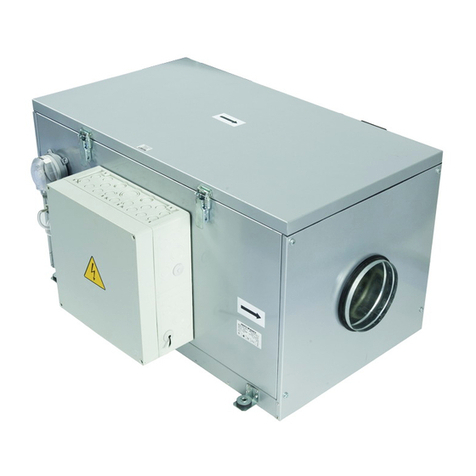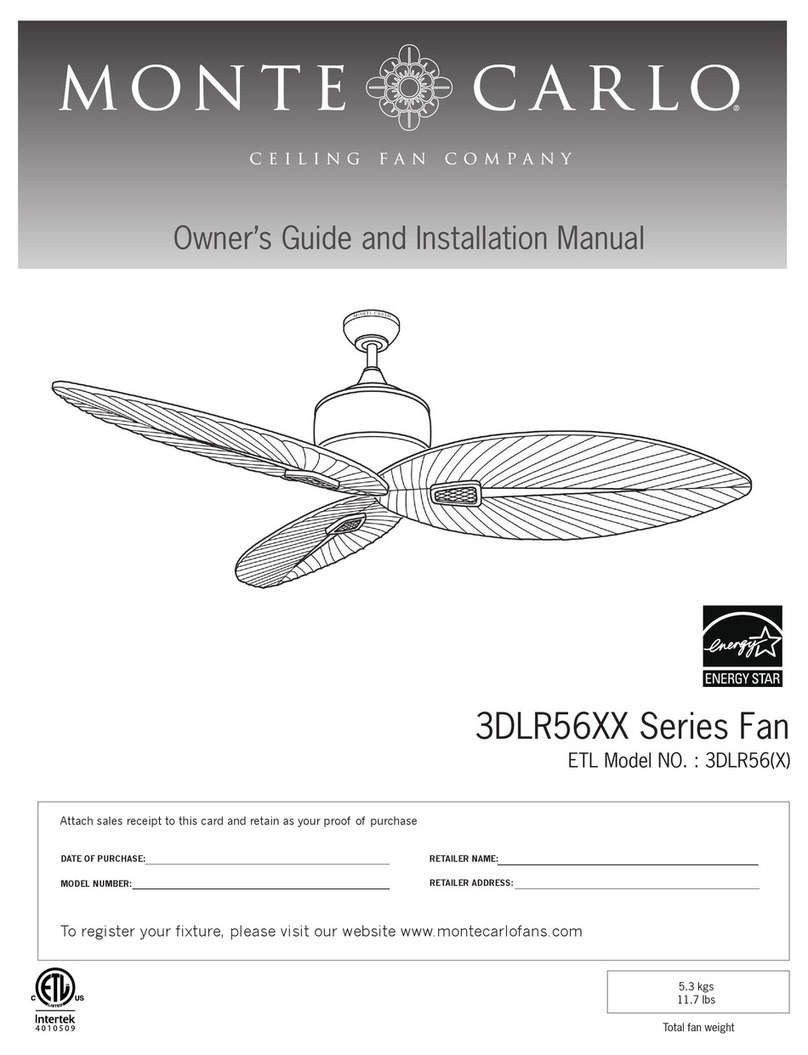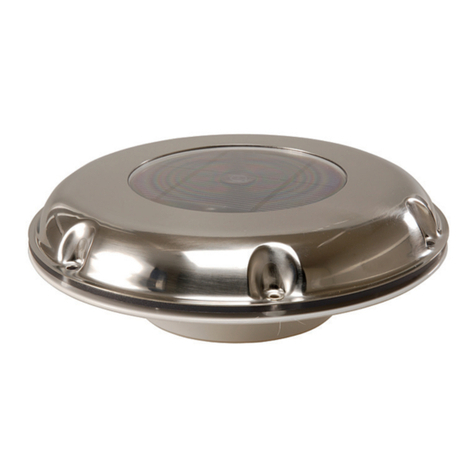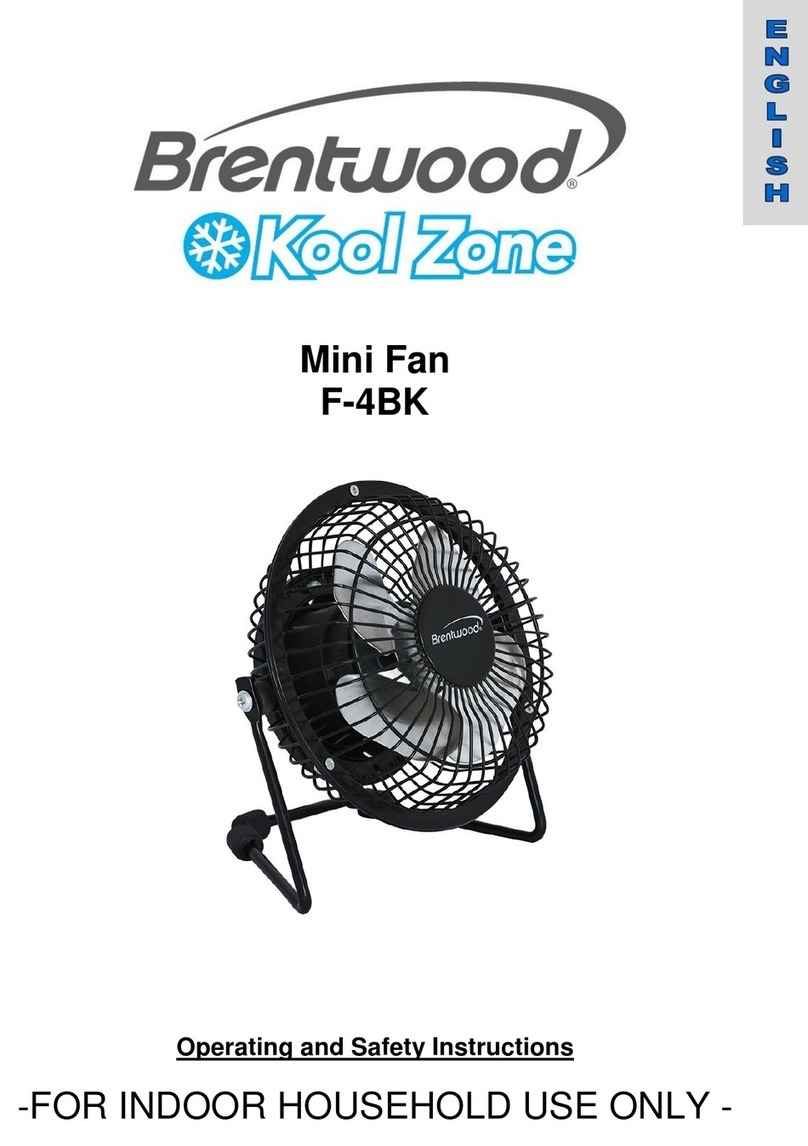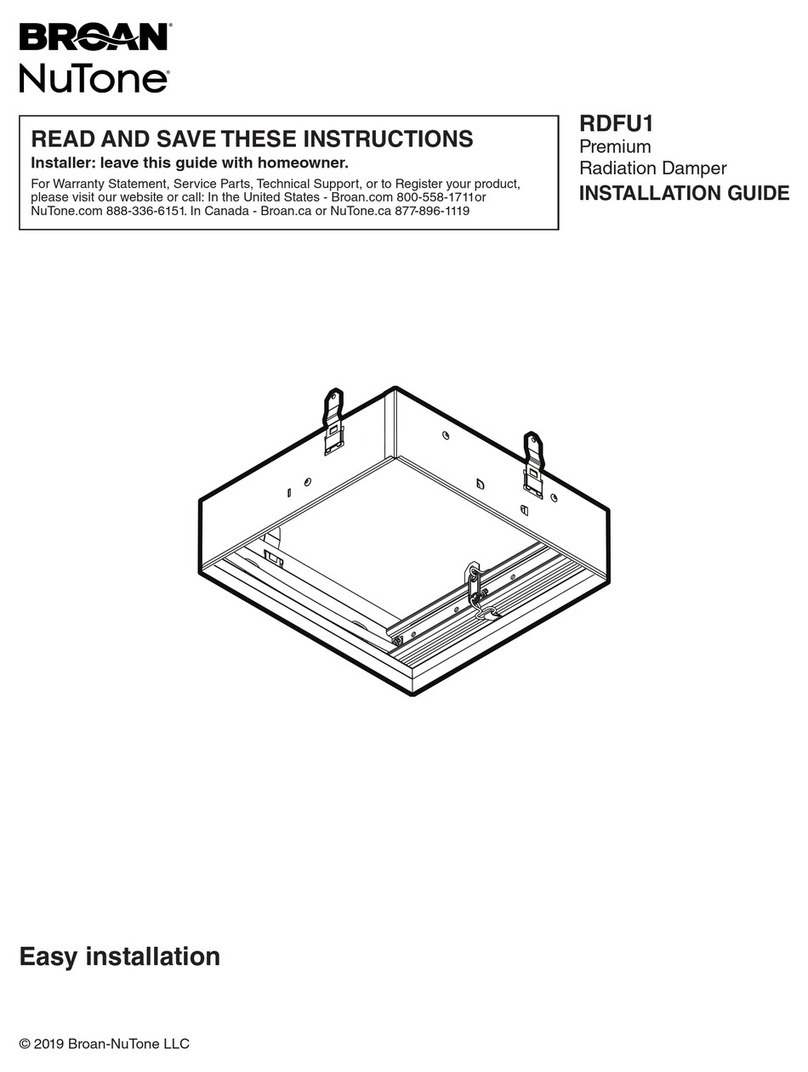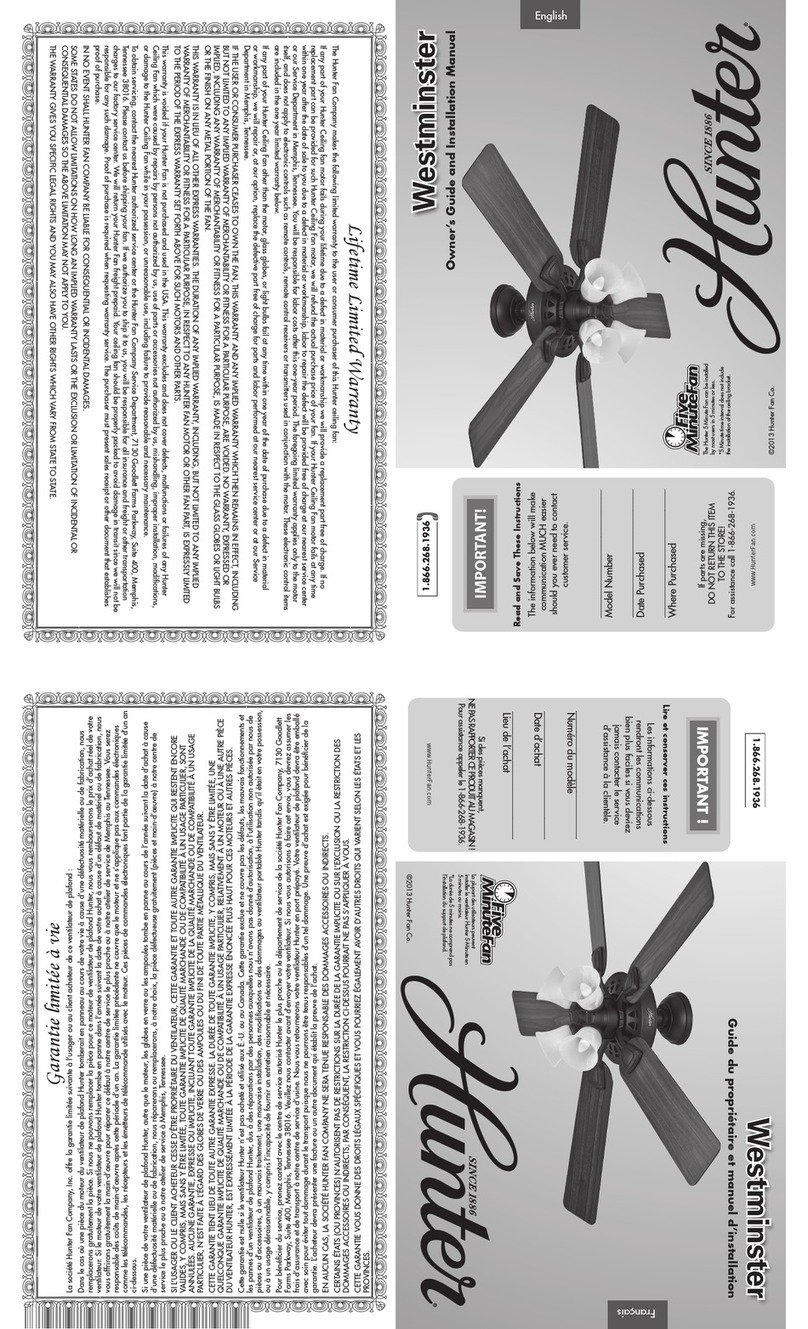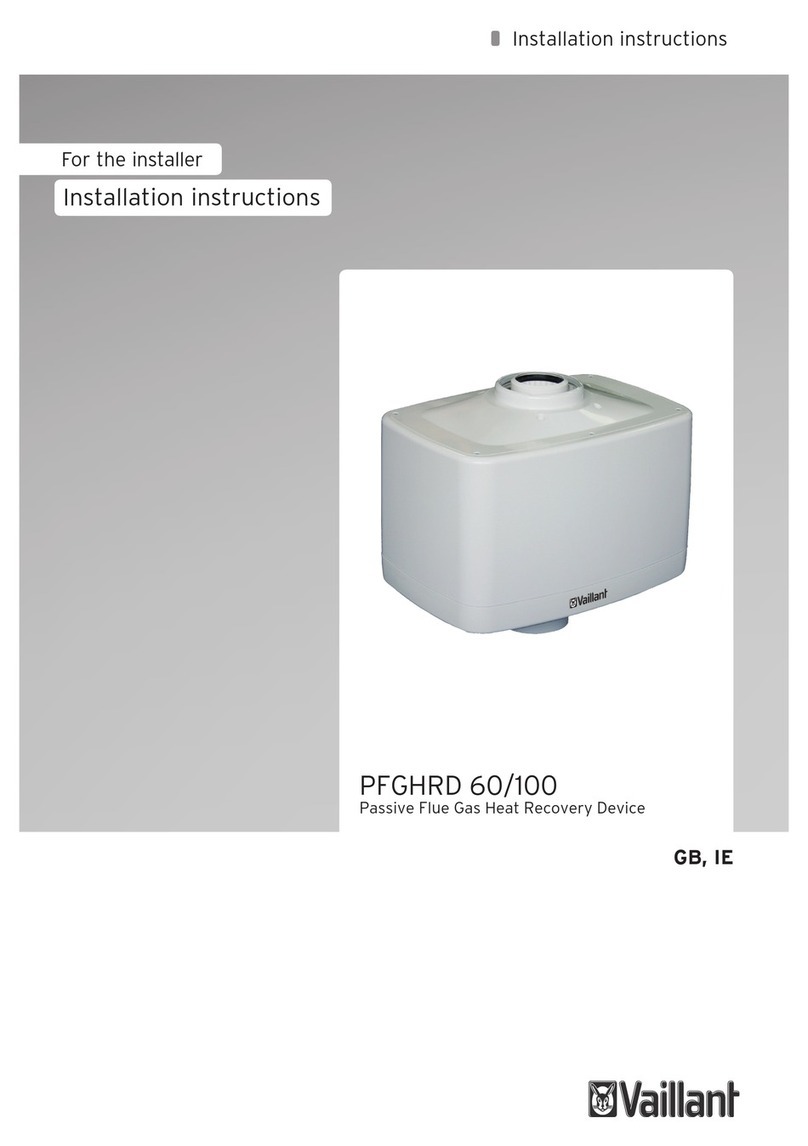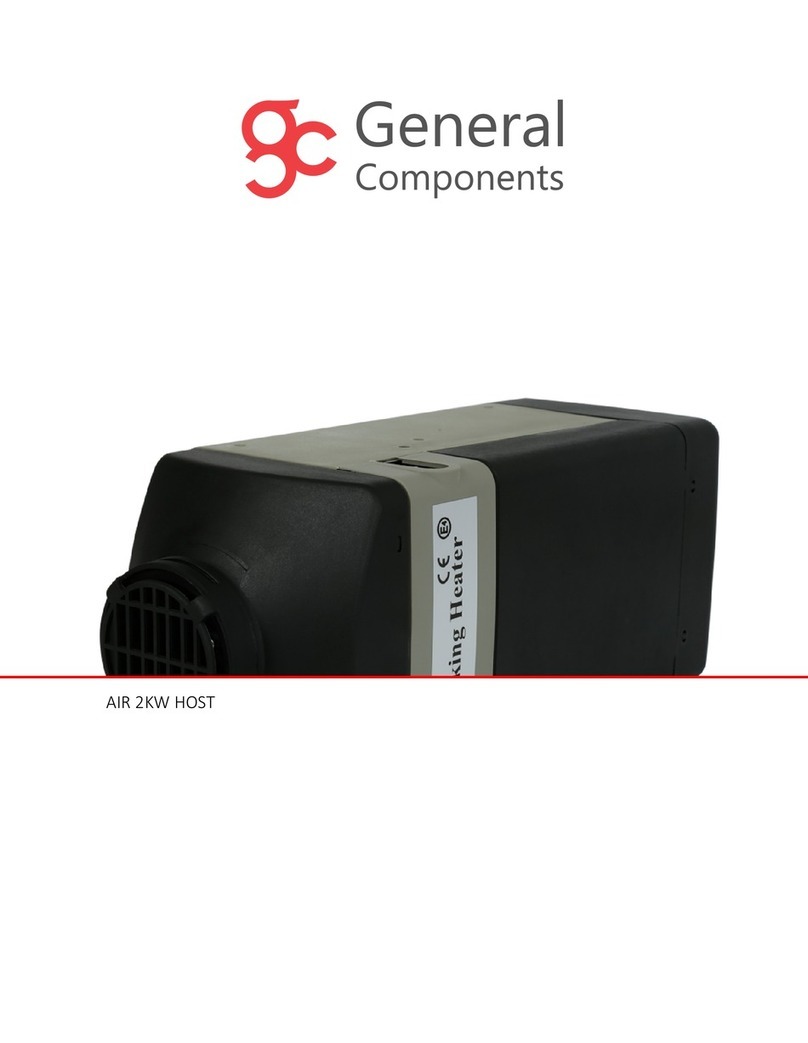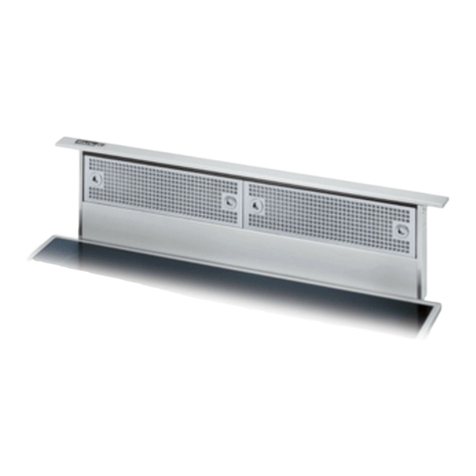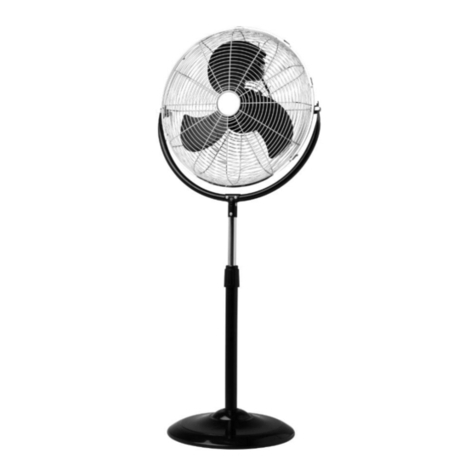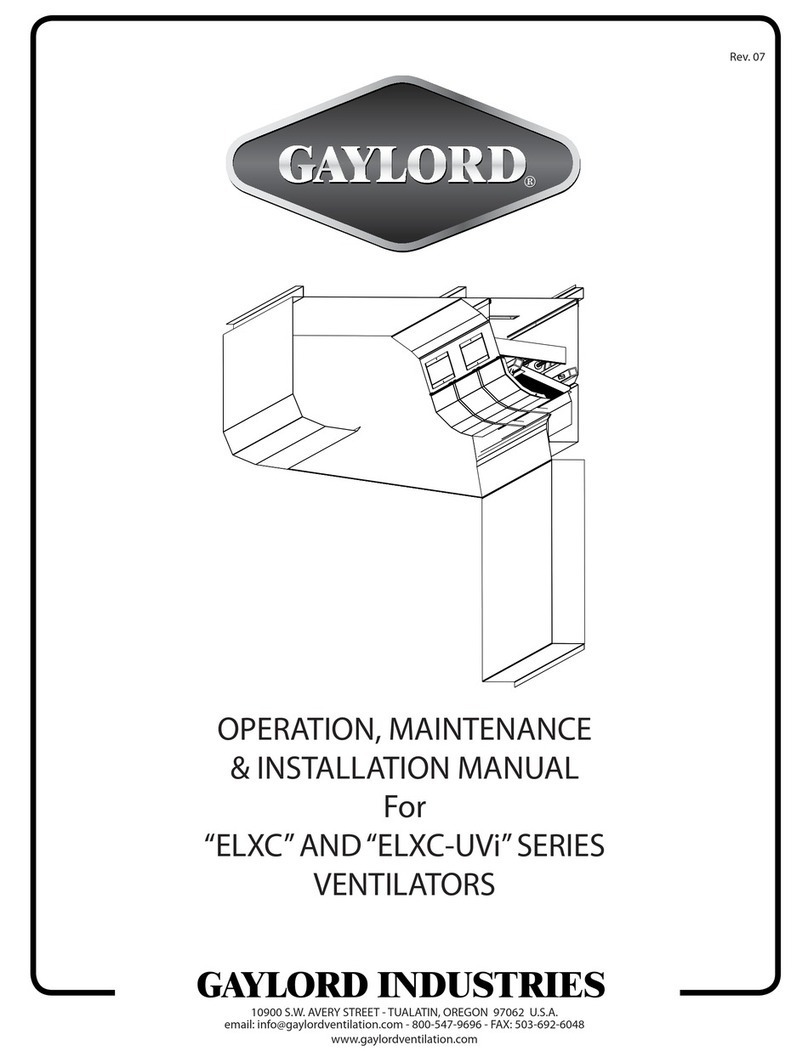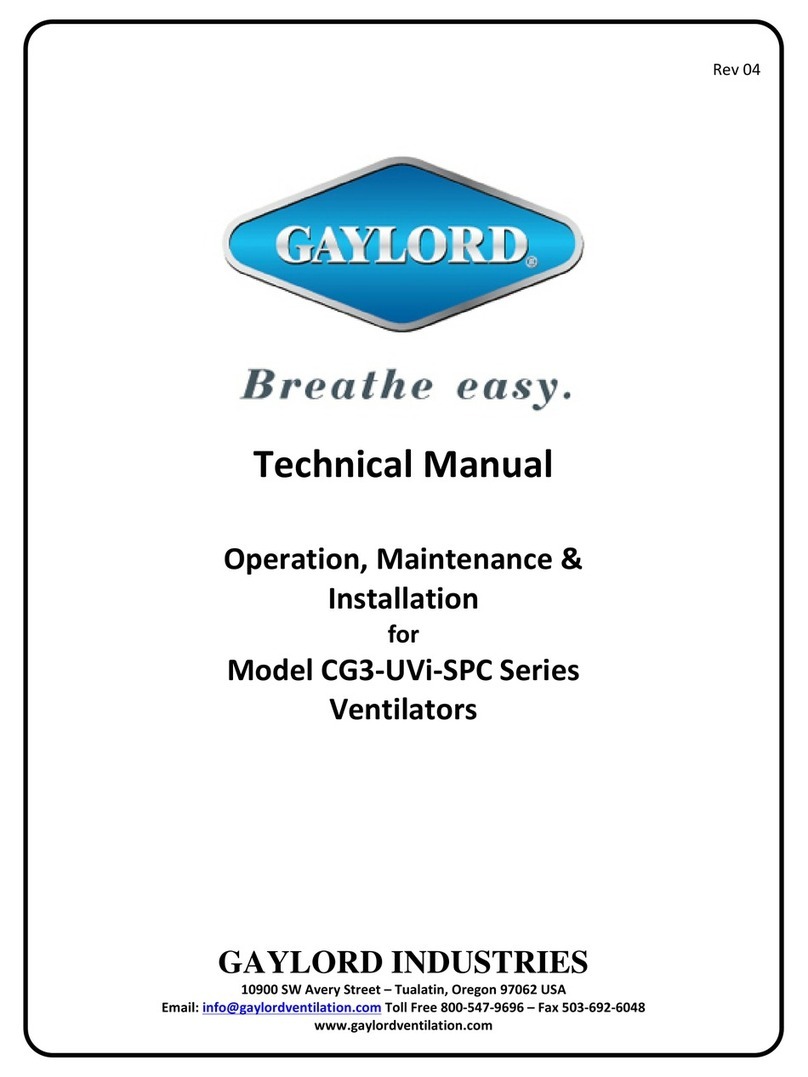
15
MODEL C-5000-TC SERIES TIME CLOCK - INSTRUCTIONS
Programming Start Fan and Start Wash Times
1. Press Prog. key 1234567
will appear in display.
(Pressing Prog. key again, display will show the number
of free programs; Fr 20). Press again to return to 1st
program.
2. PressEkey,¤ONsymbolwillappear. Pressingthekey
againwilltoggletoOFF¡. SelectONforstartfanorOFF
for start wash.
3. Press hto select hour for switching time.
4. Press mto select minute for switching time.
5. If the program is to occur every day of the week, (24 hour
time control) ignore Day key and press Prog. key to
advance to the next program.
6. If 7 day time control is desired, press Day key. 1 2 3 4 5
6 (Mon thru Sat) block of days appears in display.
Pressing Day key again, 1 2 3 4 5 (Mon thru Fri) appears
in display. Pressing Day key again, 6 7 (Sat and Sun)
appears in display. Pressing Day key again, 1 (Mon)
appears in display. Repeated presses will cycle through
all days of the week, and back to 1 thru 7 (Mon thru Sun).
Select day or block of days desired with the Day key.
7. Press Prog. key and repeat steps 2 thru 6 to enter
additional programs of ON (start fan) and/or OFF (start
wash) times.
8. Press ¹key to enter run mode.
IMPORTANT: The output relays will switch ON (or OFF)
only at the programmed times. After programming is
completed, if a channel should be ON, it must be
manually turned ON with the Ekey. For example,
programming is completed at 2PM and CH1 was pro-
grammed to be ON at 8AM and OFF at 5PM. After
pressing the ¹key, CH1 will be OFF; press Eto turn it
ON. It will assume automatic operation at the 5PM OFF
time.
Review and Change of Programs
1. To review a program at any time, press Prog. key.
Programs will be displayed in the sequence they were
entered with repeated presses of Prog. key.
2. To change a program, select the program to be changed
with the Prog. key, and enter the new time of day, and/or
days of week just as in the programming steps shown
above. The old program is overwritten with the new
selections. Press Prog. to store the new program.
3. To delete an individual program, select the program as in
Step 1 and press the mkey and then the hkey until “-:-
”appearsinthedisplay. PresseitherProg.or¹keyuntil
“-:-”flashes. Theprogramisdeletedafterafewseconds.
Manual Override
WhileintheRunmod,(¹symbolisdisplayed),pressingthe
key will reverse the load status (switch load OFF if it is ON,
or switch ON if it is OFF). A hand symbol appears in display
to indicate the override is active. At the next scheduled
switching time, automatic time control will resume, eliminat-
ing the override.
Pressing the Ekey a second time [¤] appears in the
display indicating the load is switched permanently ON.
Pressing the Ekey a third time, [¡] appears in the
displayindicatingtheloadisswitchedpermanentlyOFF.
Pressing the Ekey a fourth time returns to automatic,
¹appears in the display.
General Information
The circular keypads are positioned to provide a sequential
path for programming. Starting with Prog. to select a
program, clockwise to Eto select ON or OFF, then h for
hour, mfor minute, and finally Day to select day or days of
the week. If an input is missing or incomplete, the missing
segmentswillflashwhenthe¹orprogramkeyisdepressed.
(Forexample,ifnoONorOFFisselected,theONsymbolwill
flash). The missing entry must be completed before pro-
grammingcanresume. Whileprogramming,pressingthe h,
m, or Day key longer than 2 seconds will cause a rapid roll
of the parameter.
•A program consists of:
1. ON or OFF command,
2. Hour and minute, and
3. Day or multiple days on which it is to occur.
•Res. is the resetwhichclearsthetime of day anddeletes
all program information.
•The ±1h key sets clock time up or down one hour for
daylight savings time adjustment in the spring and fall.
•Military (24:00 hr.) or AM/PM (12:00 hr.) time may be
selectedbypressingandholdingthehkeywhiledepress-
ing the ±1h key.
Note: A flashing display indicates either incomplete data
entry or the battery is low. Check to see if days and ON or
OFF times are entered and check the power supply to the
time control.
IMPORTANT: Depressresetkeybeforebeginningtoset
time and program
Setting Time and Day of Clock
1. Selectmilitary(24:00hr.)orAM/PM(12:00hr.)timemode
by depressing and holding h key while pressing ±1h key
to toggle between military and AM/PM. (AM appears in
display when in AM/PM mode.)
2. Press and hold down ¹key, and proceed as follows:
A. If setting the time when daylight savings time is in
effect,press±1h keyonce (+1hwillappearin display).
B. Set hour with hkey. Scroll the clock until either AM or
PMappearsasrequired. If AM orPMdoesnot appear
in display, the unit is in military time. GO back to
Number 1 to change AM/PM mode.
C.Set minutes with the mkey.
D.Press Day key repeatedly to the day of the week. (1 is
Monday, 7 is Sunday)
E.Release ¹key, colon will begin flashing. If the days are
flashing,theday oftheweek wasnotentered (seeStepD).
AM - - : - -





















